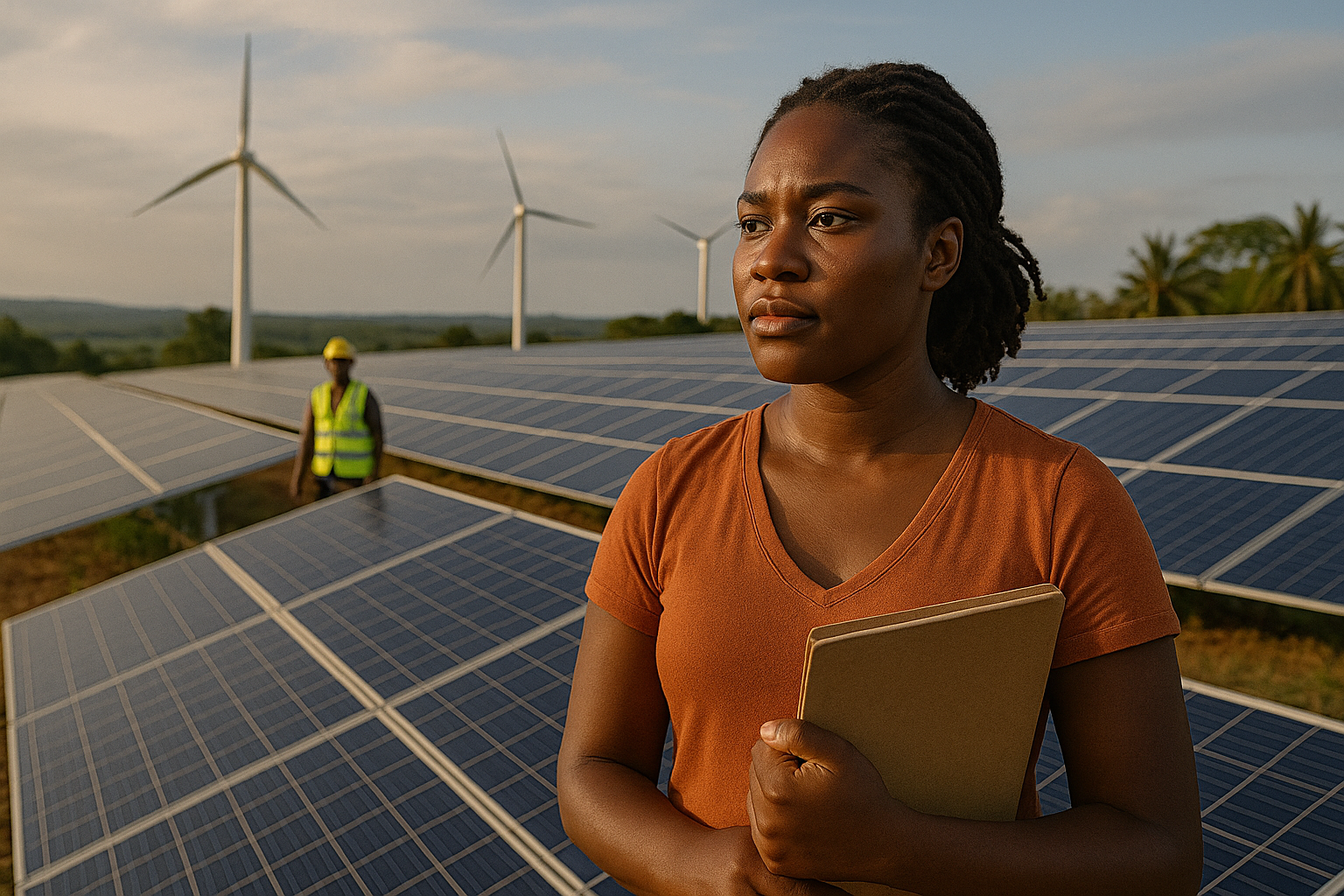Clean Energy, Shared Future: Aligning Renewables with Equity and Development Goals
The UNDP’s Charged for Change report shows that ambitious renewable energy targets, when aligned with broader development goals, can drastically cut emissions and lift millions out of poverty. Achieving a 1.5°C future demands urgent investment shifts, inclusive policies, and integrated action across sectors.

The United Nations Development Programme (UNDP), the University of Denver’s Pardee Institute, and Octopus Energy unite to present a transformative blueprint for global energy reform. Using the International Futures (IFs) model, the July 2025 report explores three scenarios stretching to 2060: a Base Case reflecting current policies, a Renewable Acceleration (RA) model with enhanced clean energy ambition, and a Renewable Acceleration + Sustainable Development Goals (RA+SDG) pathway that couples climate action with targeted investments in social progress. Together, these research organizations argue that the global energy transition must be about more than just reducing emissions; it must be a tool to dismantle poverty, redress inequity, and spark inclusive growth.
Fossil-Fueled Future Threatens Development Goals
The Base Case scenario delivers a grim prognosis. If the world stays the course with existing climate policies, global temperatures are expected to rise by 2.6°C by 2060, missing the Paris Agreement’s central target. Renewable energy will account for only 47% of the global mix, while 380 million people will still live in extreme poverty, and 700 million will lack access to clean cooking. Around 400 million will remain without electricity, primarily in low- and lower-middle-income countries (LICs and LMICs), and malnutrition will persist for 240 million individuals. Additionally, 750 million people will be left without safe water and sanitation. Carbon emissions will peak at 10.5 billion tonnes by 2039 and then decline only modestly. Even though renewable energy will continue to grow, the report warns that these gains are too slow and unequal to prevent climate disaster or achieve the Sustainable Development Goals (SDGs).
Ambitious Clean Energy Expansion Drives Climate and Economic Wins
The RA scenario marks a decisive improvement. If countries embed ambitious renewable energy and energy efficiency targets in their national climate plans, the global energy mix could reach 87% renewables by 2060. Carbon emissions would plunge to just 0.7 billion tonnes, limiting global temperature rise to under 1.8°C. This future brings universal access to electricity and halves the clean cooking access gap. Economically, the benefits are clear: global GDP increases by $1.3 trillion compared to the Base Case, and 23 million more people escape extreme poverty.
However, the RA model reveals that clean energy policies alone, without supporting investments in education, governance, agriculture, and health, leave many needs unmet. In 2060, 230 million people would still suffer from malnutrition and 620 million would lack access to safe water and sanitation. The RA scenario thus underscores the importance of integrating social policy into energy transition strategies to fully deliver on development promises.
Renewable Energy Plus Social Policy Unlocks Transformational Gains
The RA+SDG scenario envisions a future where climate ambition and development priorities are mutually reinforcing. By combining aggressive clean energy expansion with systemic investments in human development, the scenario outlines a truly equitable pathway. Renewables would supply 89% of global energy by 2060, and the 1.5°C global temperature limit would be met. Poverty would be reduced by 193 million people relative to the Base Case, and 142 million fewer individuals would face malnutrition. Universal access to both electricity and clean cooking becomes a reality, and per capita income increases by $6,000 globally. Global GDP rises by an extraordinary $48 trillion.
Notably, low-income countries see the largest relative gains. Extreme poverty rates drop from 42% in 2024 to just 7% in 2060. With targeted reforms, countries like Nigeria, Ecuador, Indonesia, and Türkiye reach 80–94% renewable energy shares. Education levels rise sharply, and energy equity between high-income and low-income nations begins to converge. The report argues that such success is only achievable through coordinated efforts that align energy with SDG-aligned planning.
Financing the Future: High Upfront Costs, Higher Long-Term Rewards
To turn this vision into reality, financing must be scaled up significantly. The RA and RA+SDG scenarios require average annual renewable investments of $2.5–$3.4 trillion between 2024 and 2050, compared to just $1.8–$1.9 trillion in the Base Case. These upfront investments, however, unlock substantial returns: by 2060, RA+SDG achieves $20.4 trillion in cumulative cost savings, $11.5 trillion from declining renewable energy costs, and $8.9 trillion from energy efficiency gains.
Fossil fuel investments decline rapidly in the acceleration pathways, falling to just $10 billion annually by 2060. By contrast, the Base Case continues to pour more than $9 trillion into fossil fuels in the 2030s alone. This stark divergence illustrates not only the economic rationale but the environmental urgency of shifting capital toward clean energy.
However, the report does not ignore the challenges. High capital costs, volatile currencies, and poor regulatory environments in developing countries create barriers to clean energy finance. Solutions proposed include blended finance, green bonds, international climate funding, and strong domestic policies to de-risk investments. Public-private partnerships, targeted subsidies, and capacity-building are also emphasized as crucial tools.
The report concludes with a clear message: renewable energy is not just a climate solution; it is a development accelerator. When paired with bold social policy and international cooperation, clean energy becomes a vehicle for transformation. The report urges governments to enshrine ambitious renewable targets in their 2025 Nationally Determined Contributions (NDCs), adopt systemic reforms, and deliver a just, equitable energy transition that benefits all. The time to act, it insists, is now, and the payoff could be a healthier, fairer, and more sustainable world.
- FIRST PUBLISHED IN:
- Devdiscourse
ALSO READ
Aligning renewables with development goals can lift 193 million from poverty: UNDP study
Youth Voices Amplified: UNDP India Partners with Talent Agency for SDG Action
UNDP Launches Sevilla Platform at FFD4 to Finance SDGs and Tackle Inequality
UNDP Spurs Integrated Climate-Nature Finance Push via Sevilla Platform for Action
New Zealand Strengthens Global Development with Renewed UNDP Partnership










